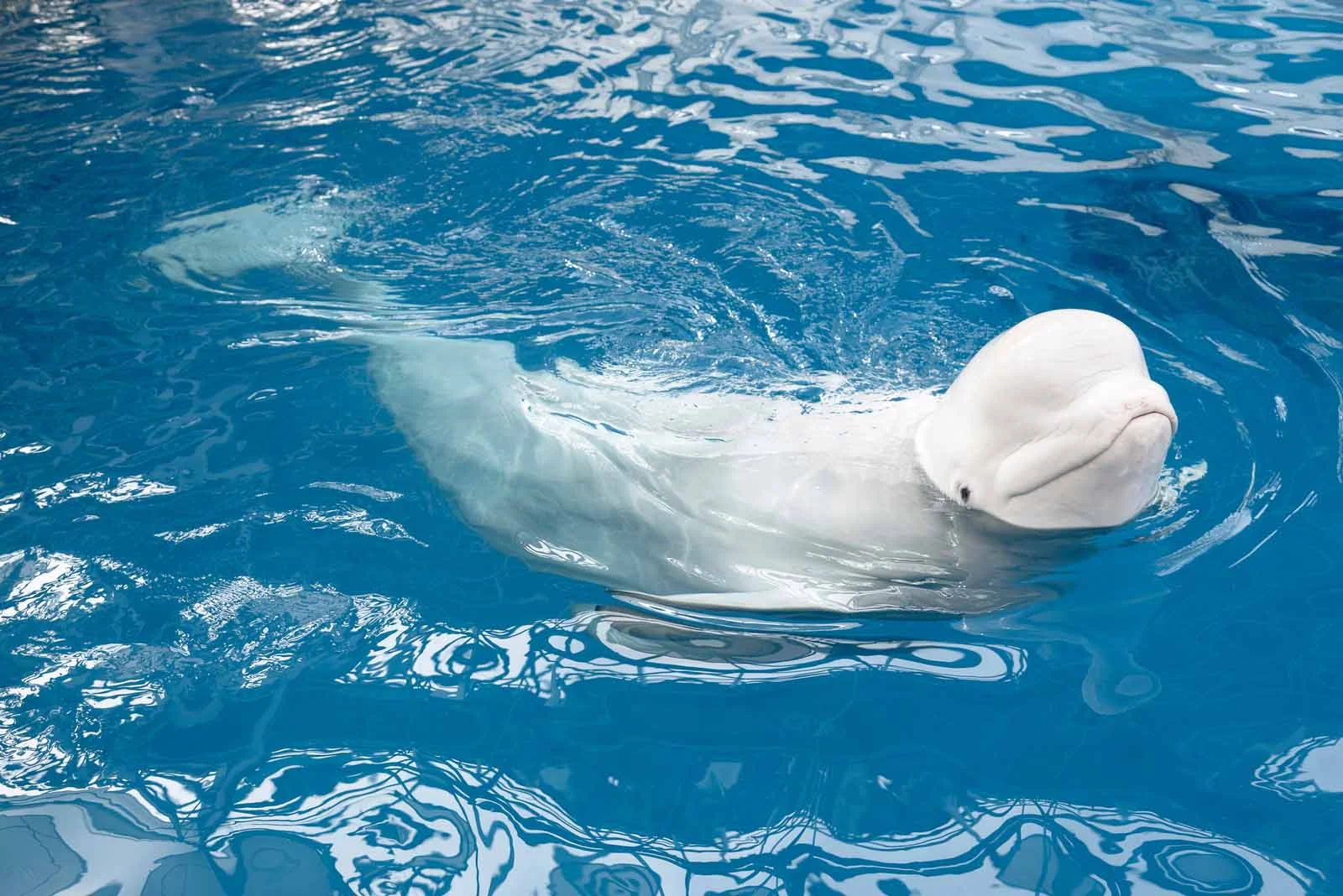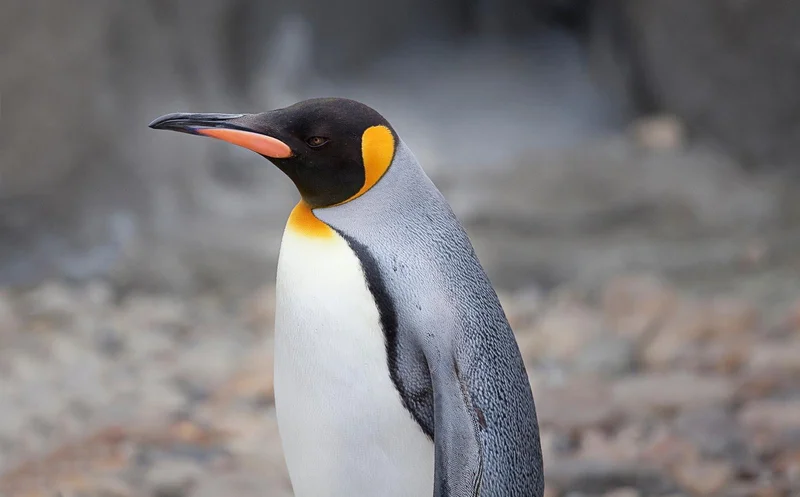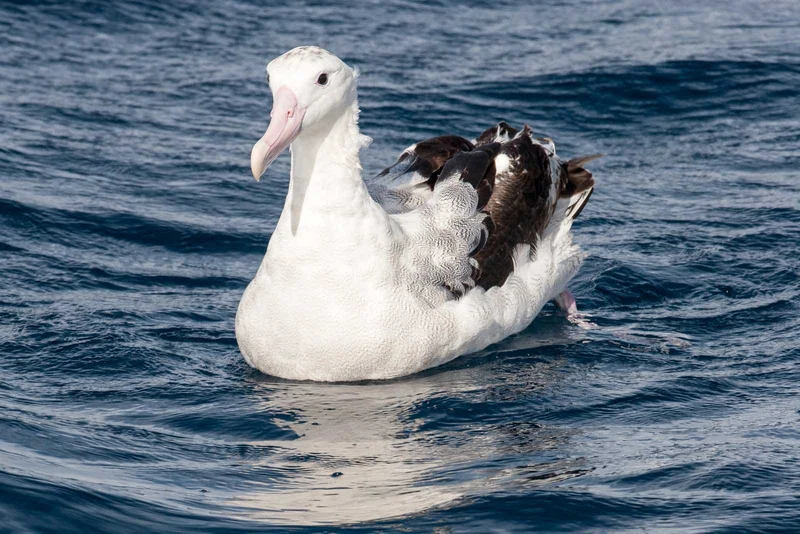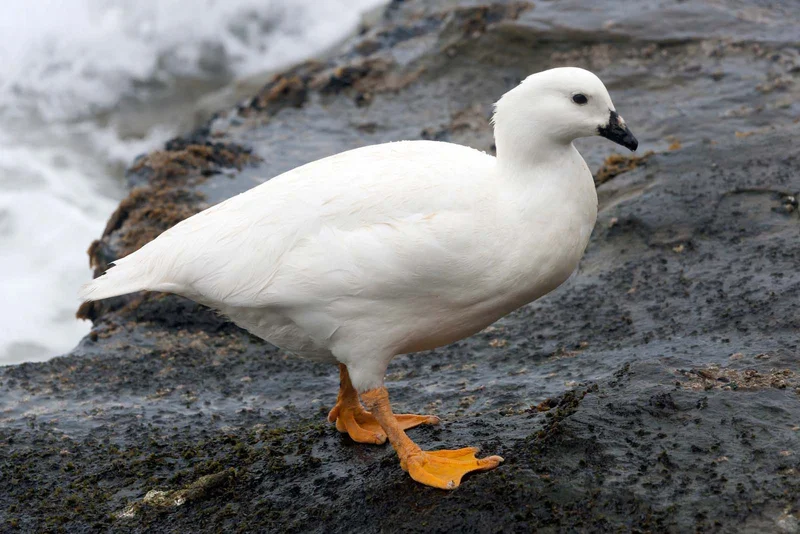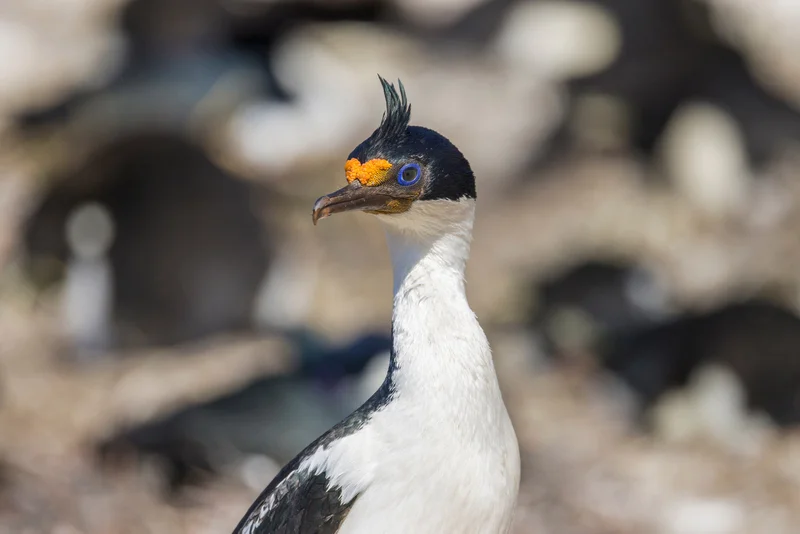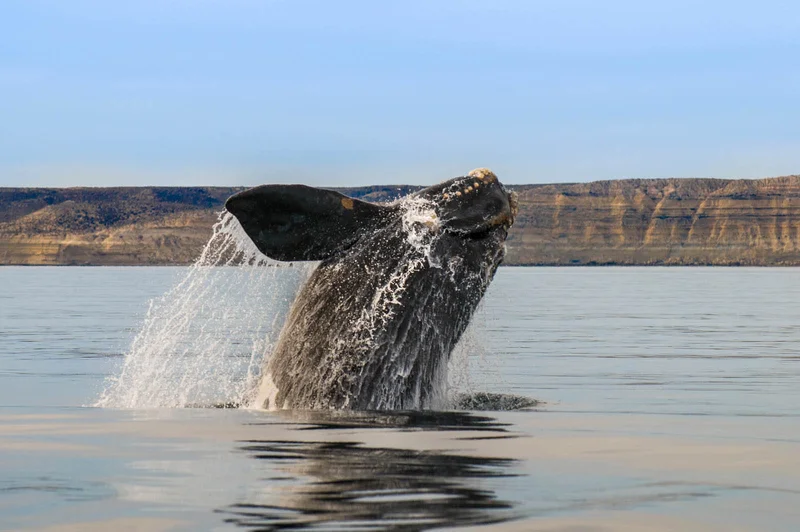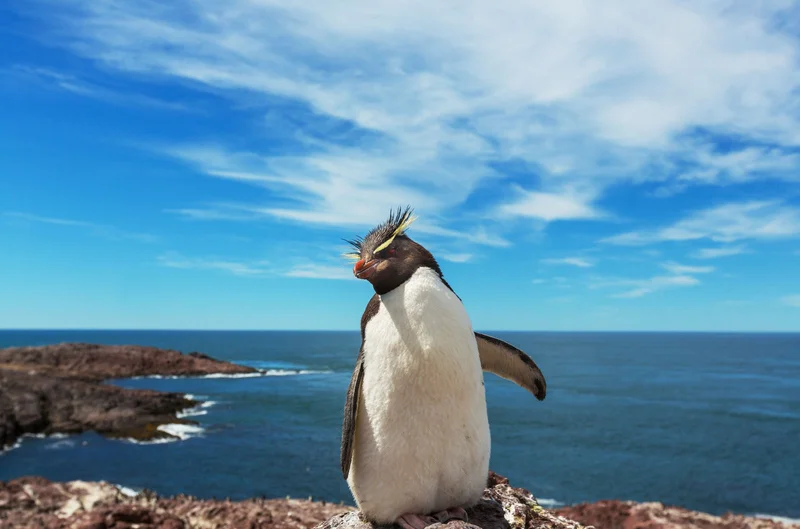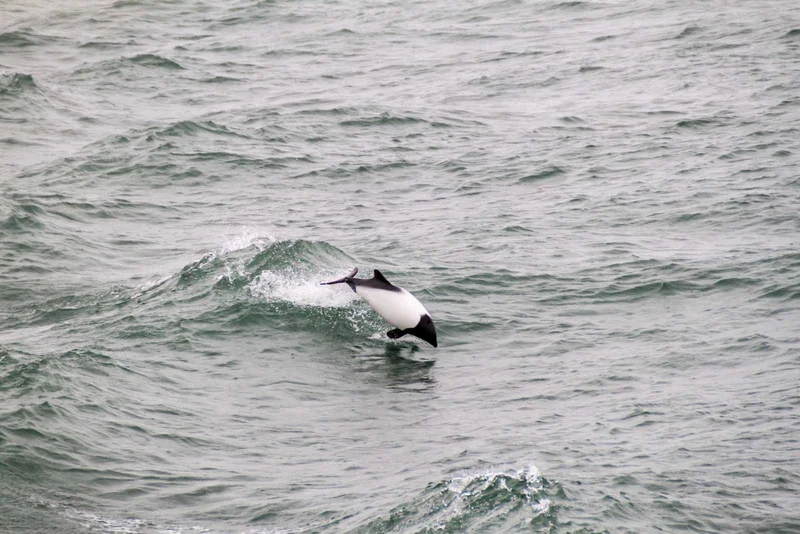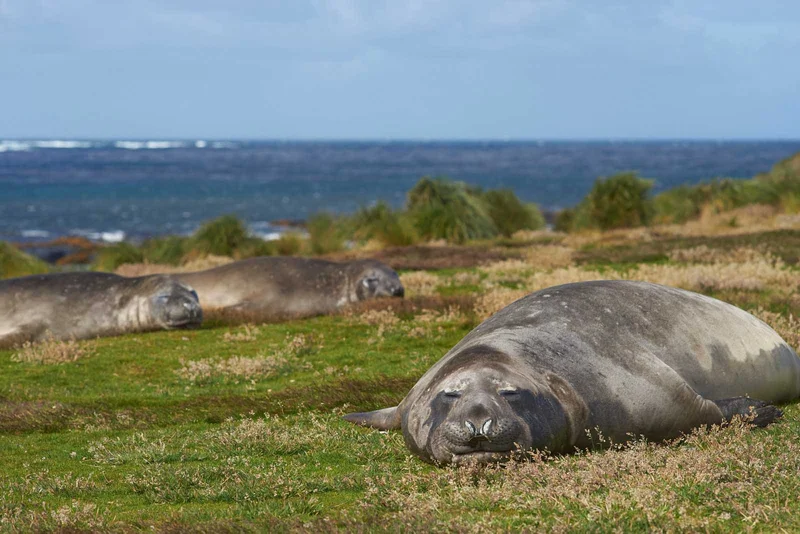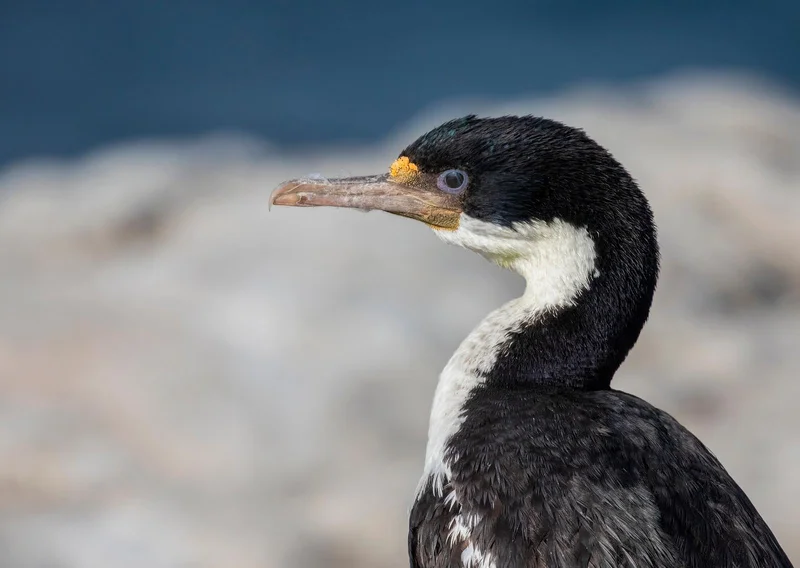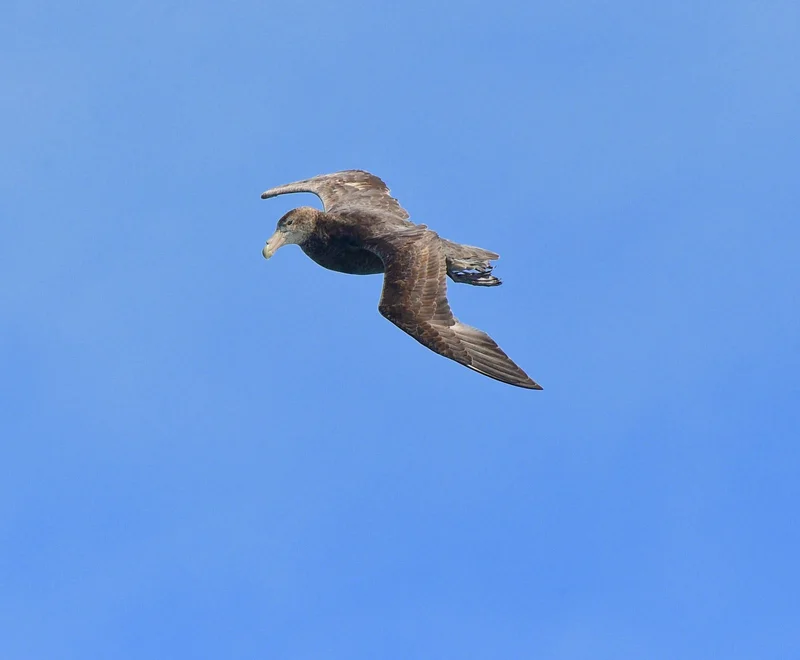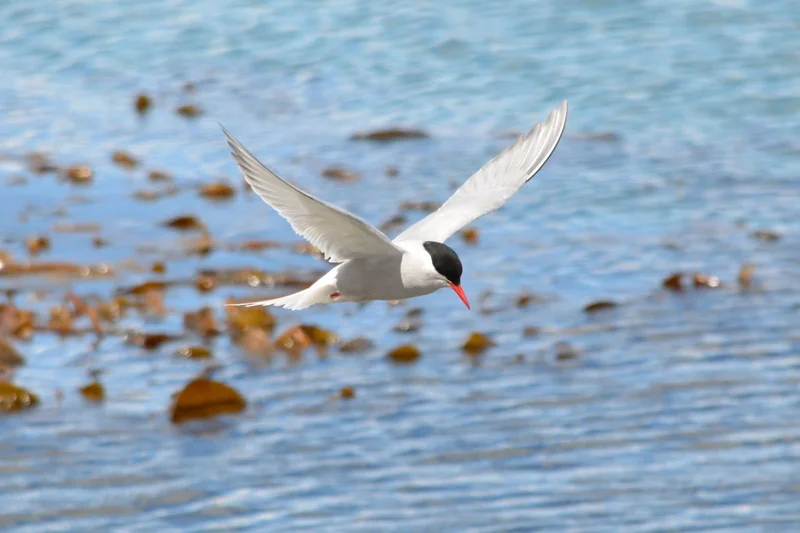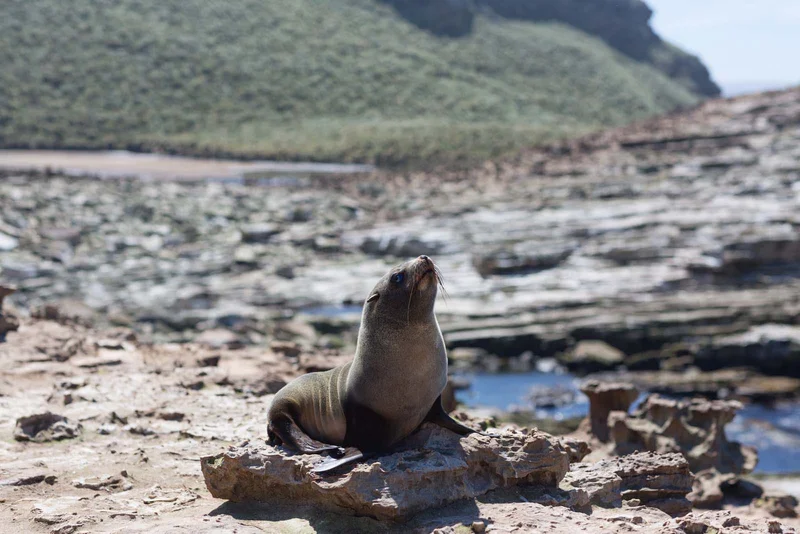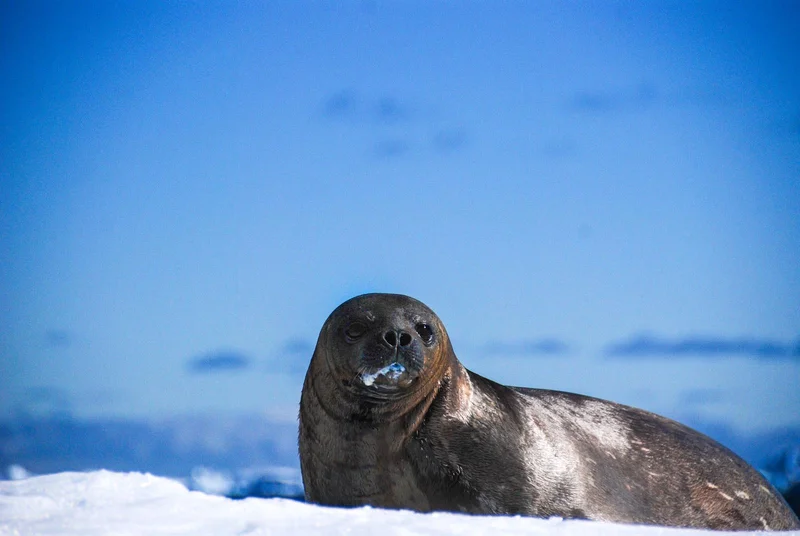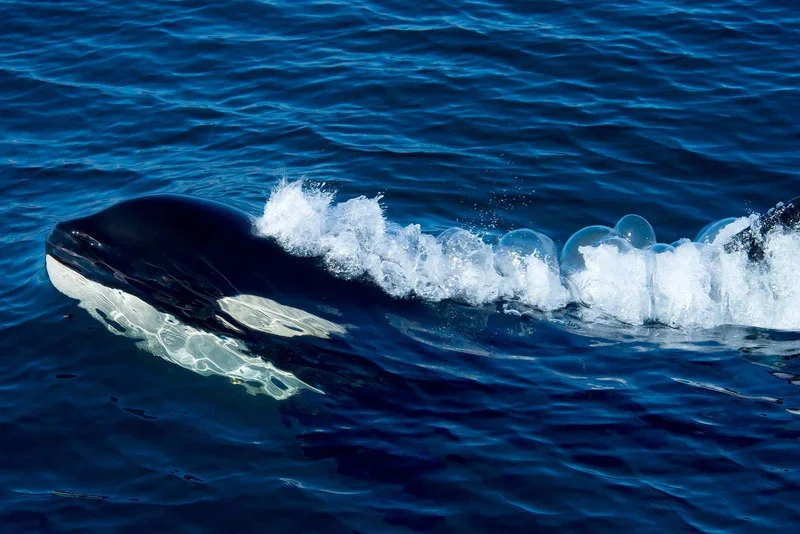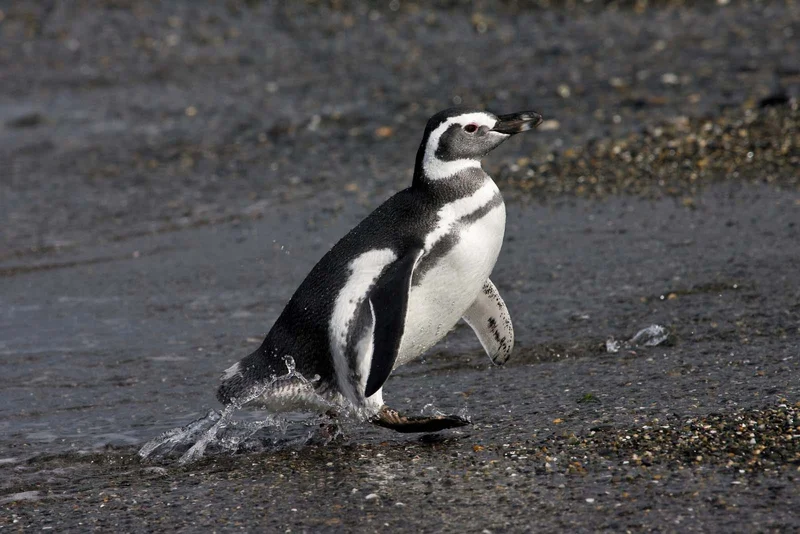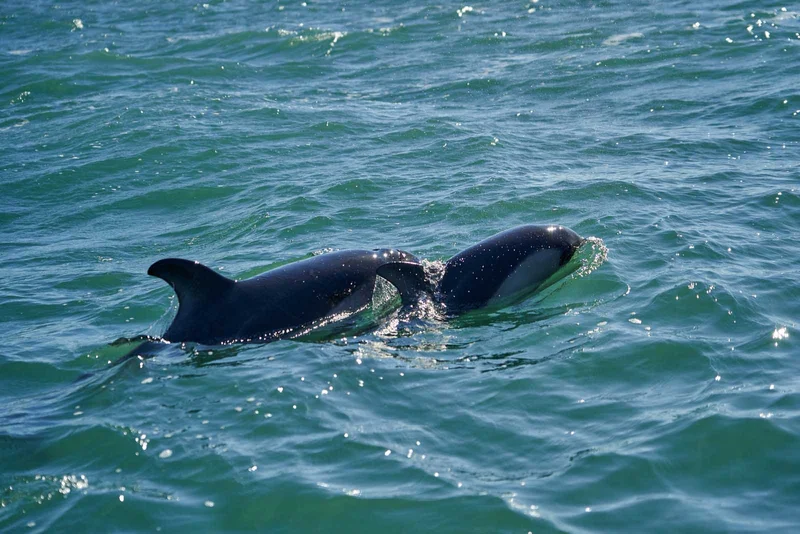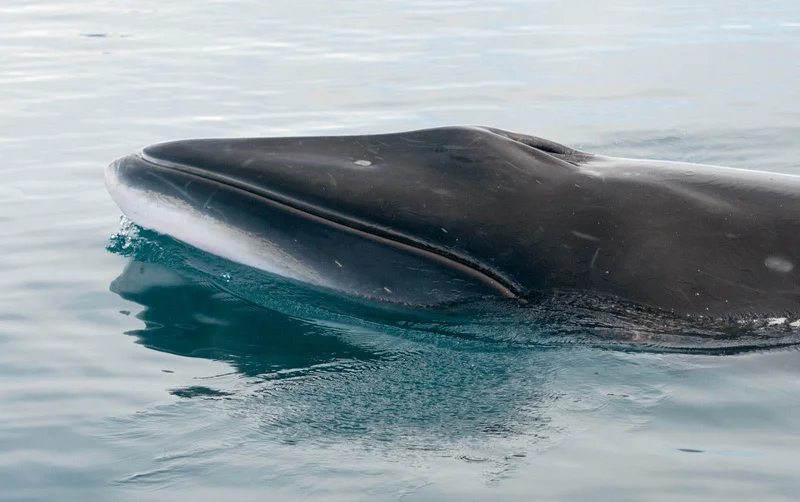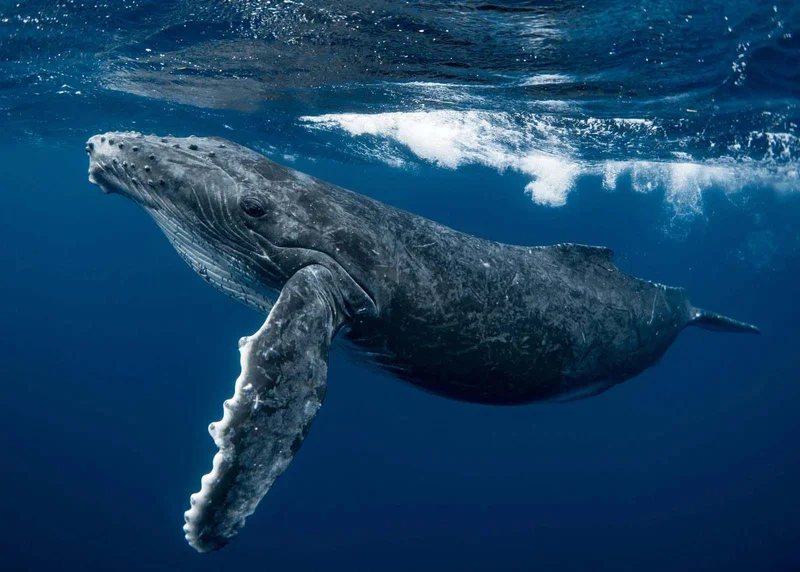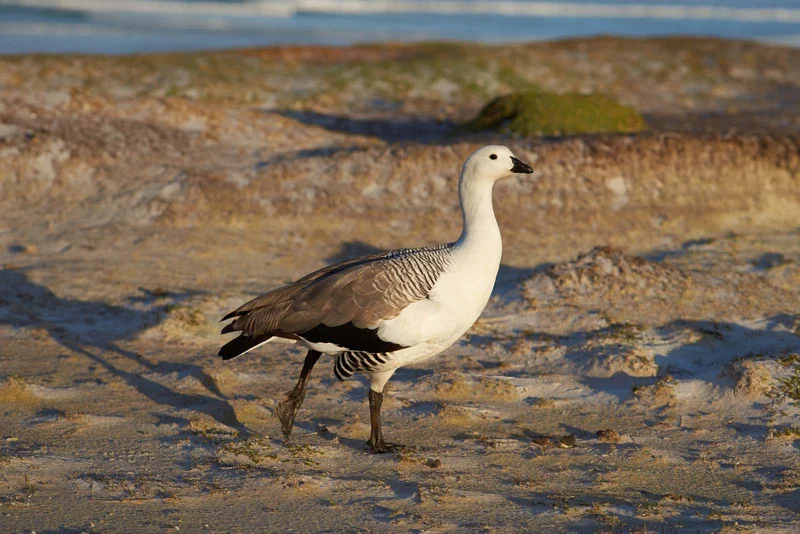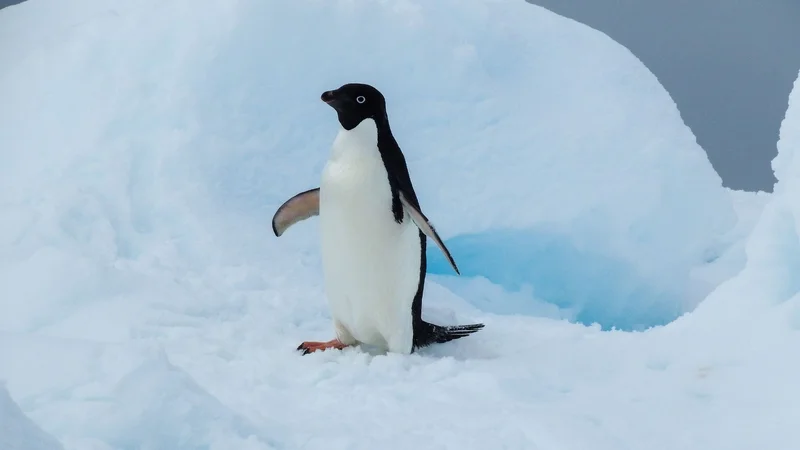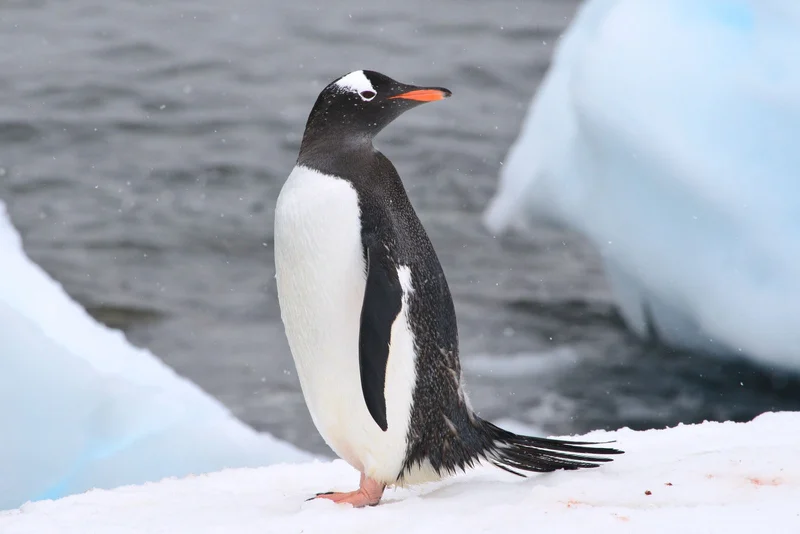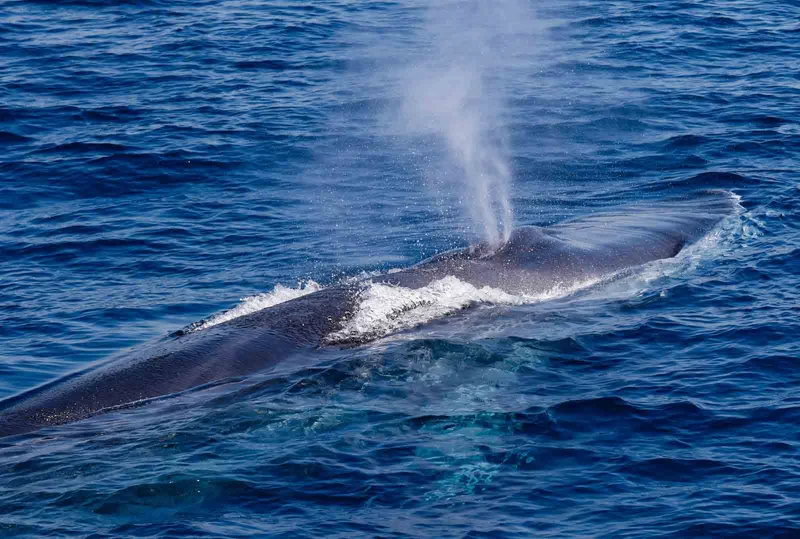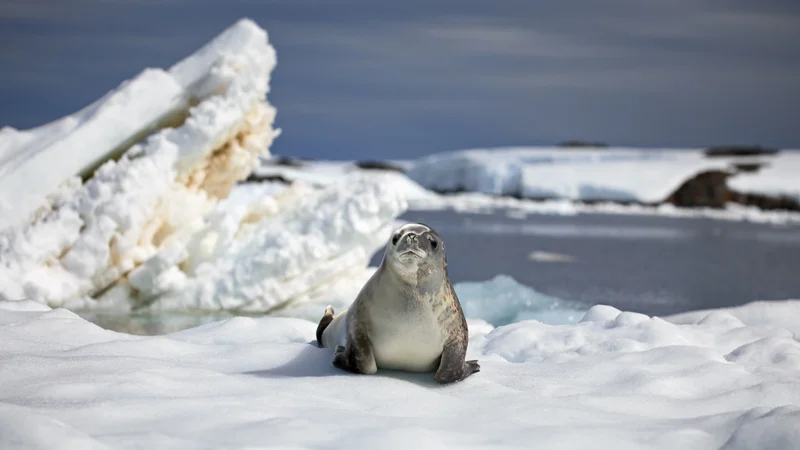Essential Beluga Information
Beluga whales are sociable mammals that live in pods, sometimes consisting of hundreds of individuals. They are easily recognized by their unique "melon" — a rounded, flexible forehead that allows them to make facial expressions. Belugas are also famous for their wide range of vocalizations, such as chirps, clicks, whistles, and squeals, which is why they are often called "the canary of the sea." These sounds are used to communicate with other belugas and are crucial for social interaction.
Habitat and Migration
Belugas inhabit Arctic and sub-Arctic waters. As sea ice forms in the fall, beluga populations migrate southward, returning to their feeding grounds when the ice breaks up in the spring. They are adaptable and can often be found near river mouths or even swimming up rivers.
Diet
Belugas feed on a diverse range of prey, including fish like salmon and herring, as well as shrimp, crabs, and mollusks. Their varied diet allows them to thrive in different environments, from oceanic waters to riverine systems.
Interesting Facts
- Facial Expressions: The beluga's flexible "melon" allows them to change the shape of their forehead, giving them a range of facial expressions.
- Vocal Abilities: Belugas communicate through a complex array of sounds, earning them the nickname "canary of the sea."
- Adaptability: These whales migrate with the sea ice and can be found near river mouths, sometimes even venturing up rivers in search of food.
